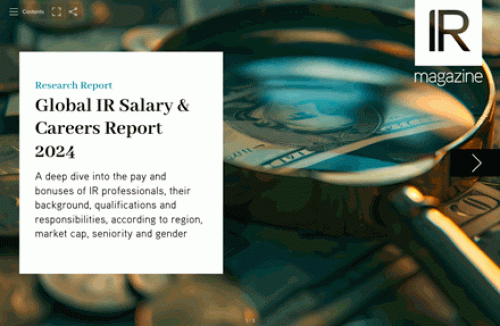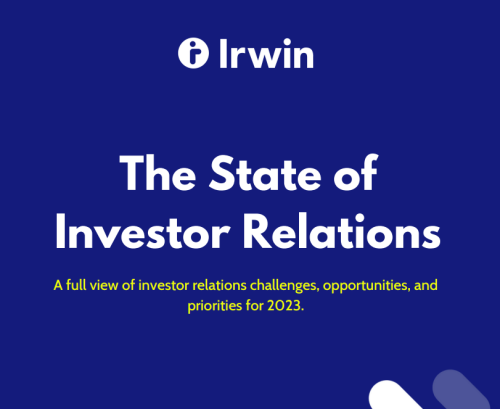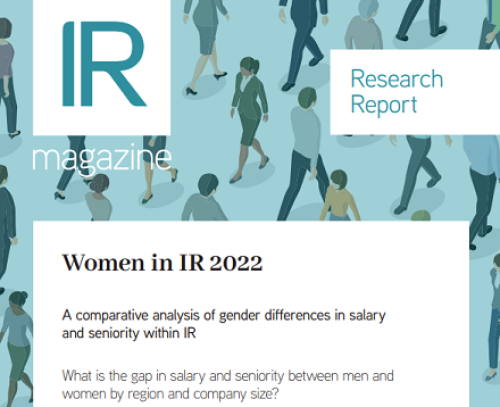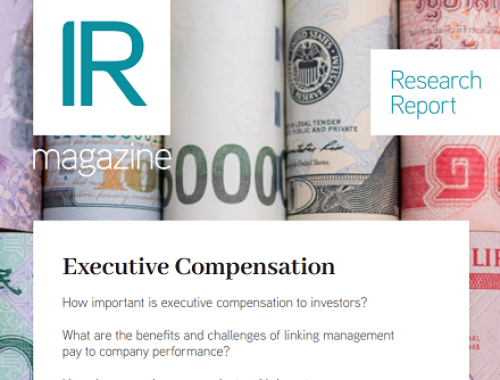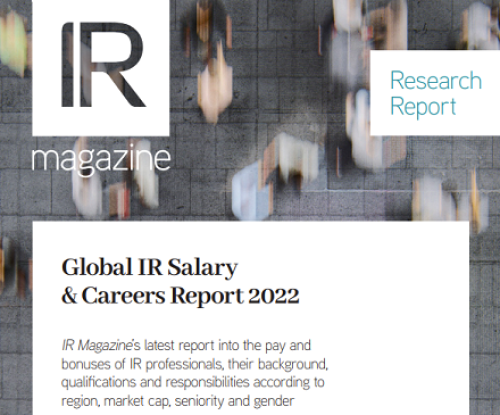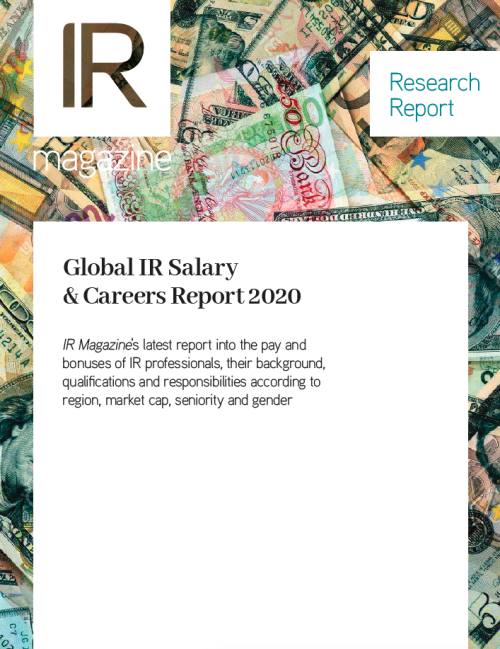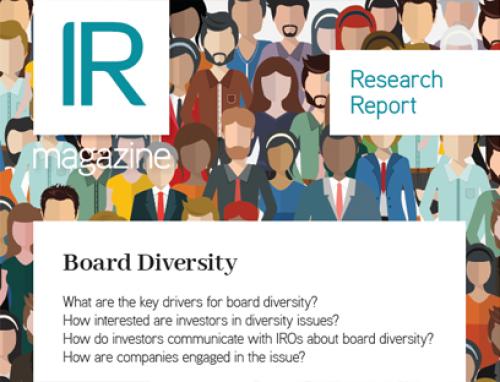Where did IR begin?
This is an edited version of IR Magazine Week, IR Magazine's weekly newsletter. To receive the newsletter, please register here.
General Electric set up the first IR department in 1963 – making it 50 this year. But that made me think, IR itself must be far older. While the formal IR team is a relatively new concept, public company IR – the variety we focus on at this magazine – must have been around in one form or another since companies first issued stock.
That takes us back to 1602, when the Dutch East India Company, which is widely held to be the first public company, was established. It issued shares to fund its trading operations in Asia, creating a group of major and minor ‘participants’, as they were known. The high demand to trade share certificates led to the creation of the Amsterdam Stock Exchange six months later.
You might assume IR circa 1602 was very different from today’s variety, but there were a fair few similarities. Market rumors caused wild fluctuations in the company’s stock price, for example, and there was a need to keep an eye on disgruntled investors.
In 1605, a major participant and director, Isaäc Le Maire, was forced to resign and began a short-selling campaign, in the hope of driving down the share price, spooking investors and eventually forcing the company out of business. He may have failed in his ultimate aim, but Le Maire’s actions did result in the distribution of dividends for the first time, explains Matthijs De Jongh, a law clerk at the Supreme Court of The Netherlands, in a paper on the origins of shareholder advocacy.
Attempts to draw parallels between then and now only go so far, of course. Take the company’s first dividend payment: given a lack of liquid assets, it arrived in the form of mace. Still, there was clearly a need for market intelligence and a communications plan back in 1602, just as there is today. So let’s raise a toast to IR in its 411th year.

